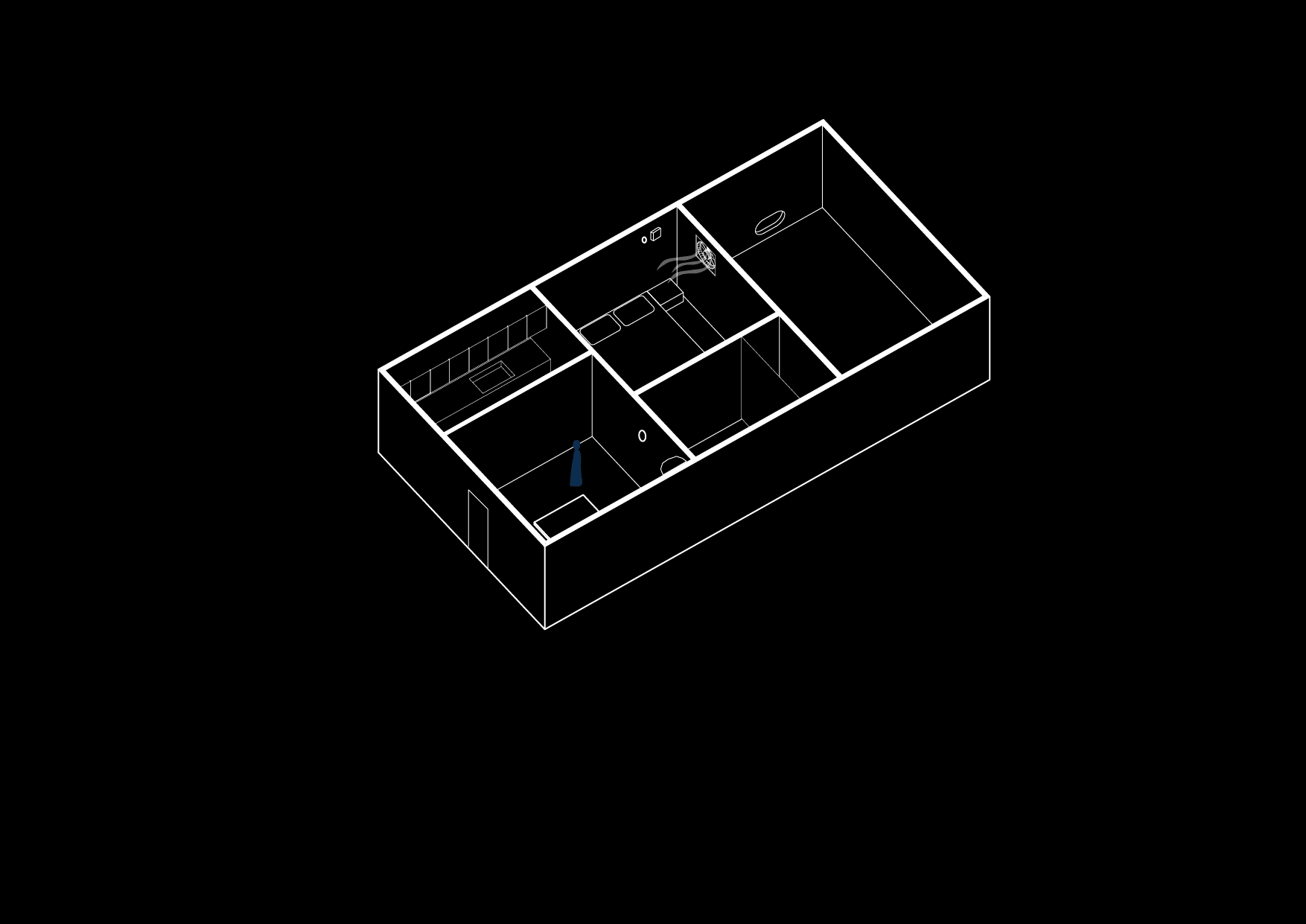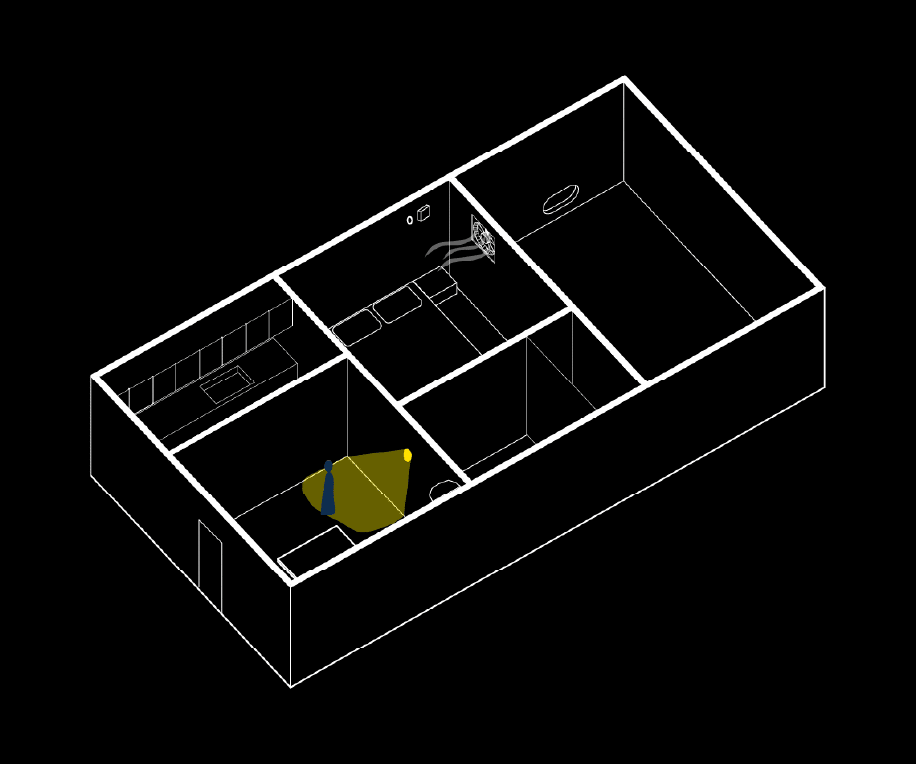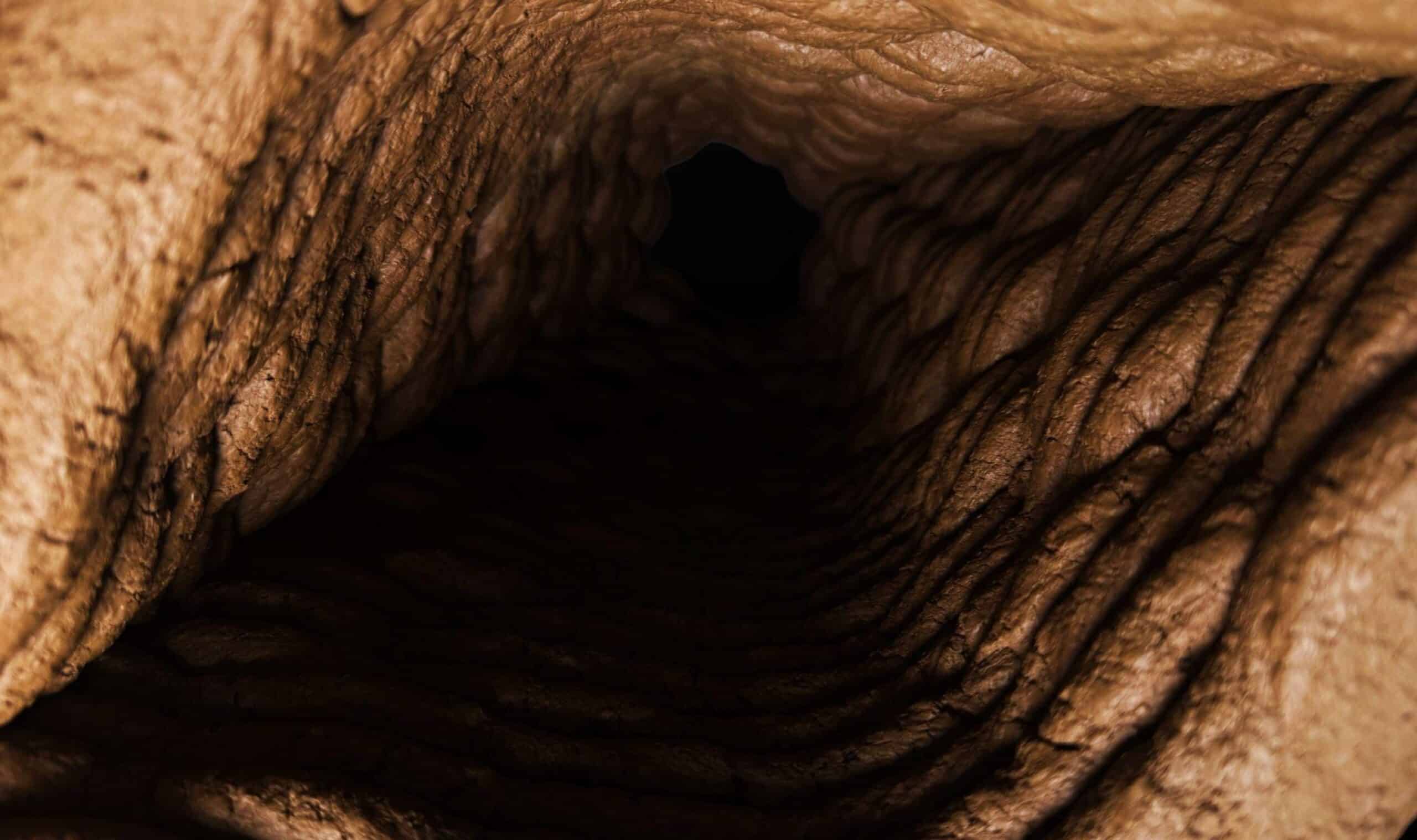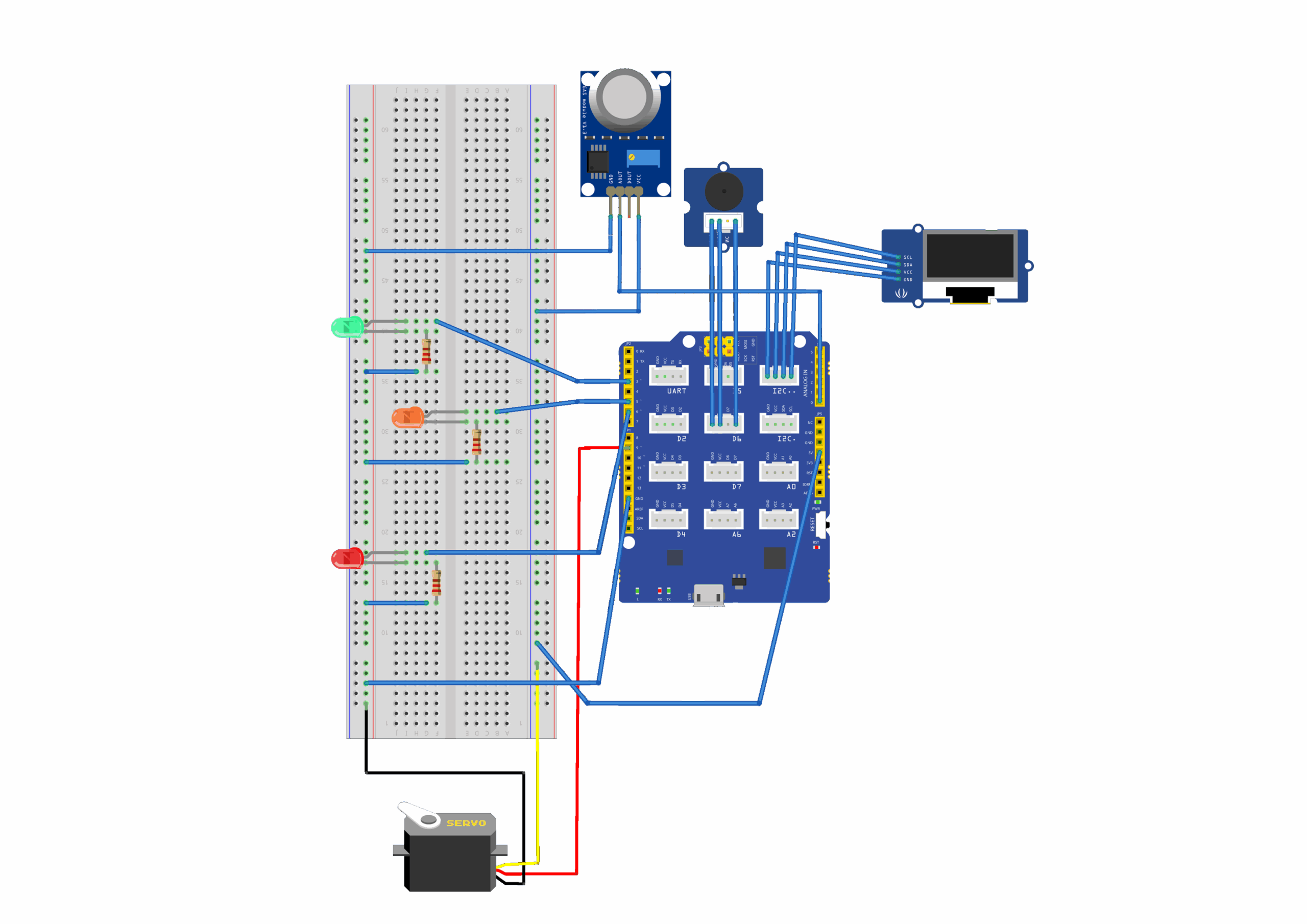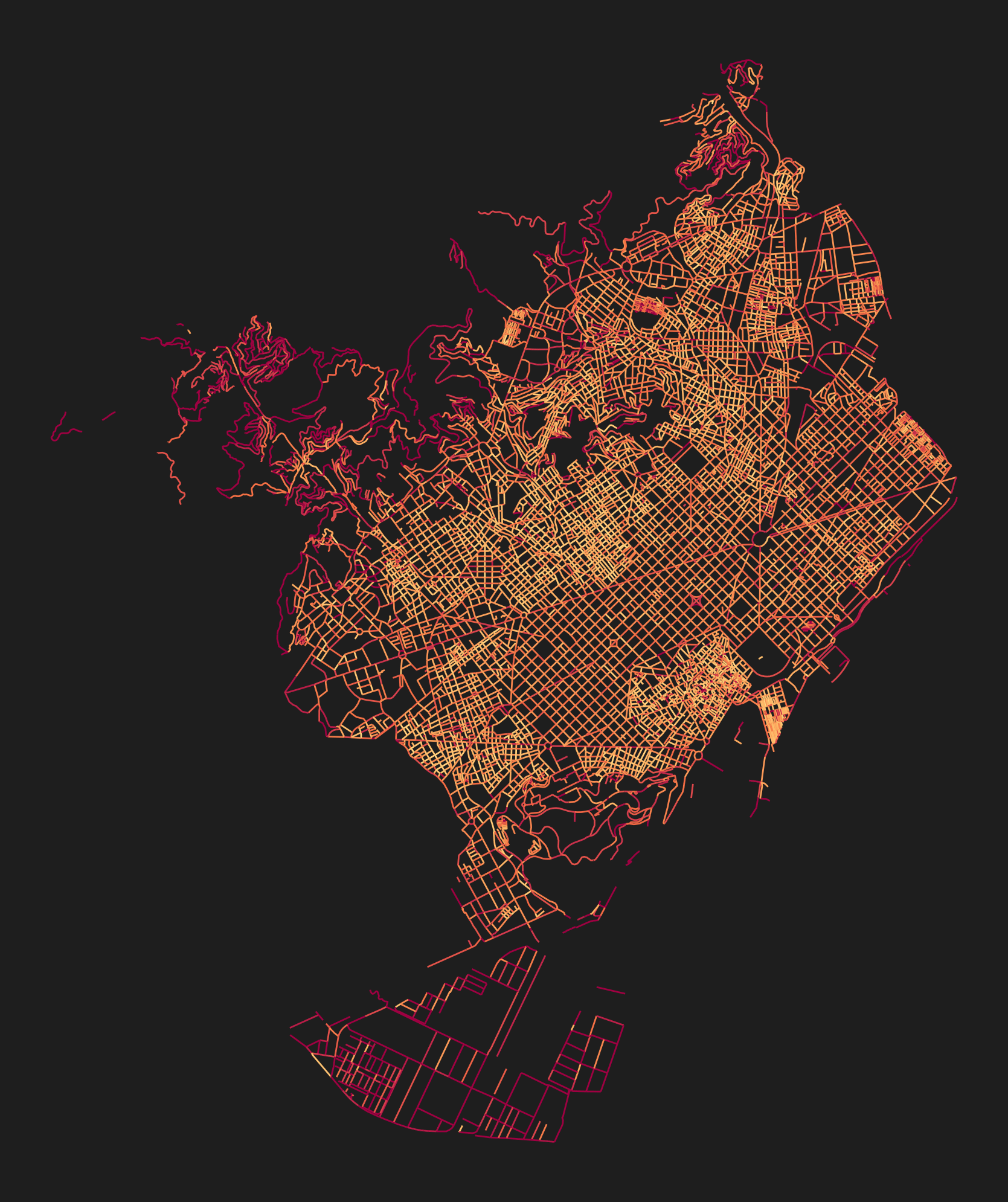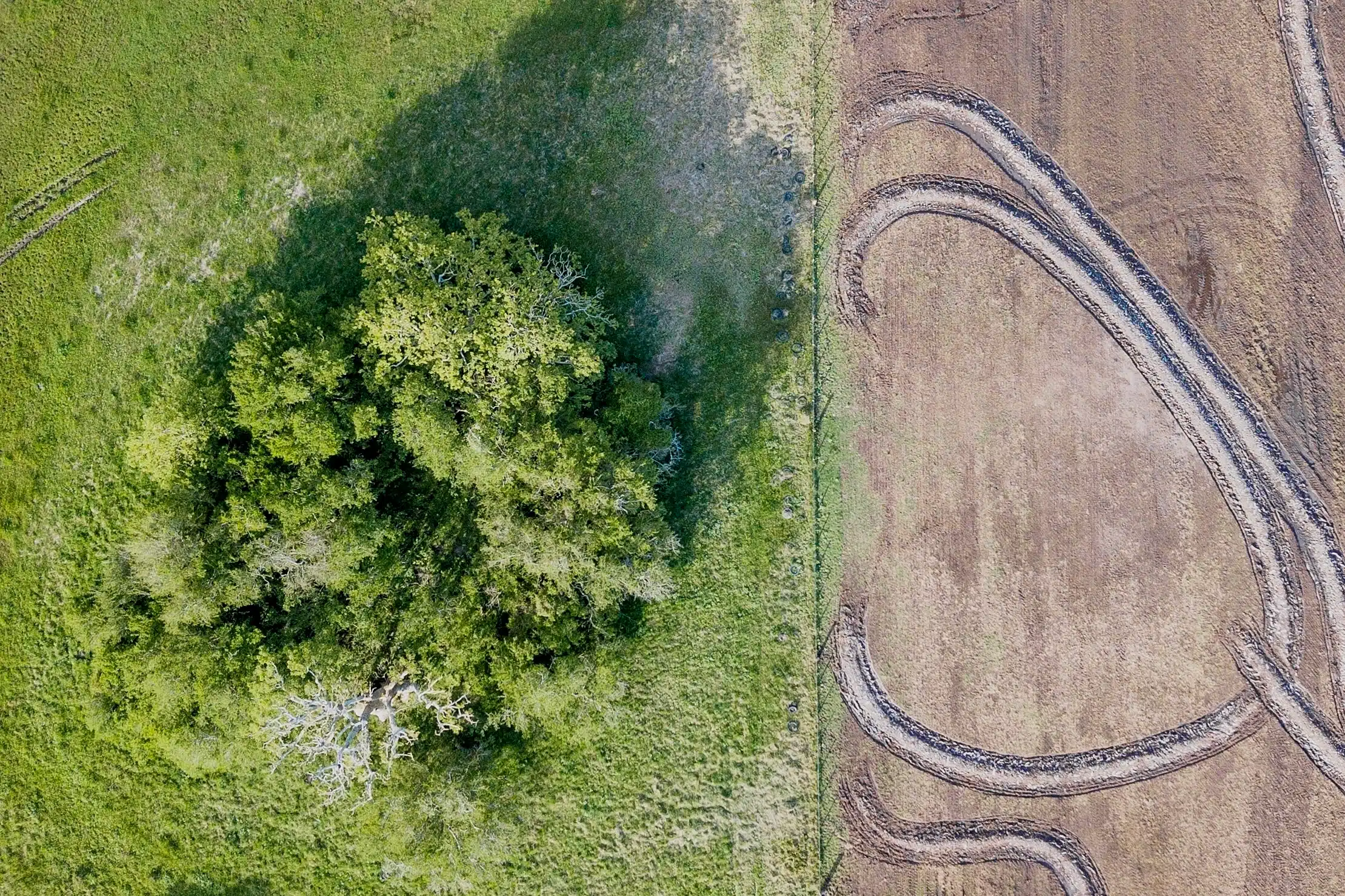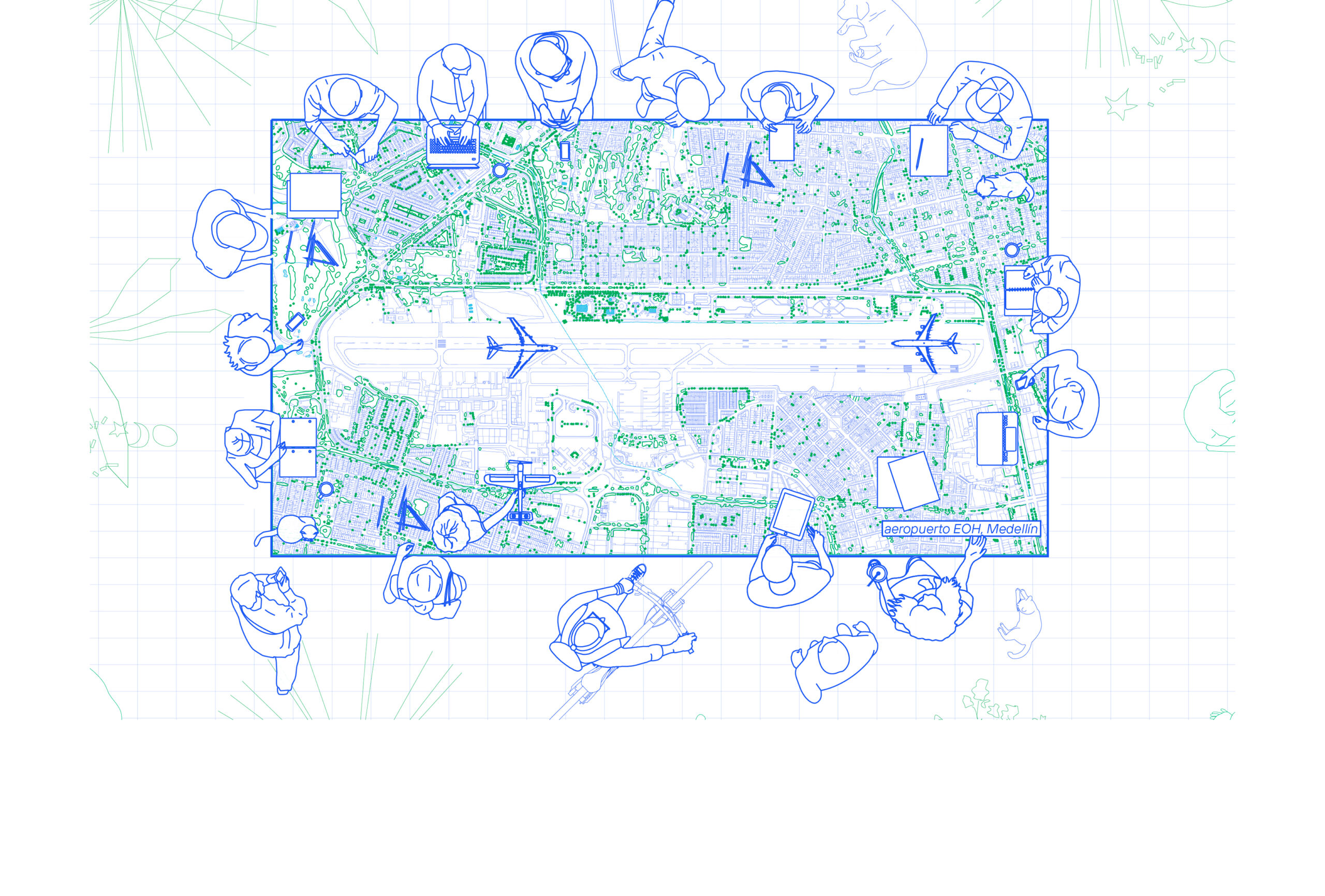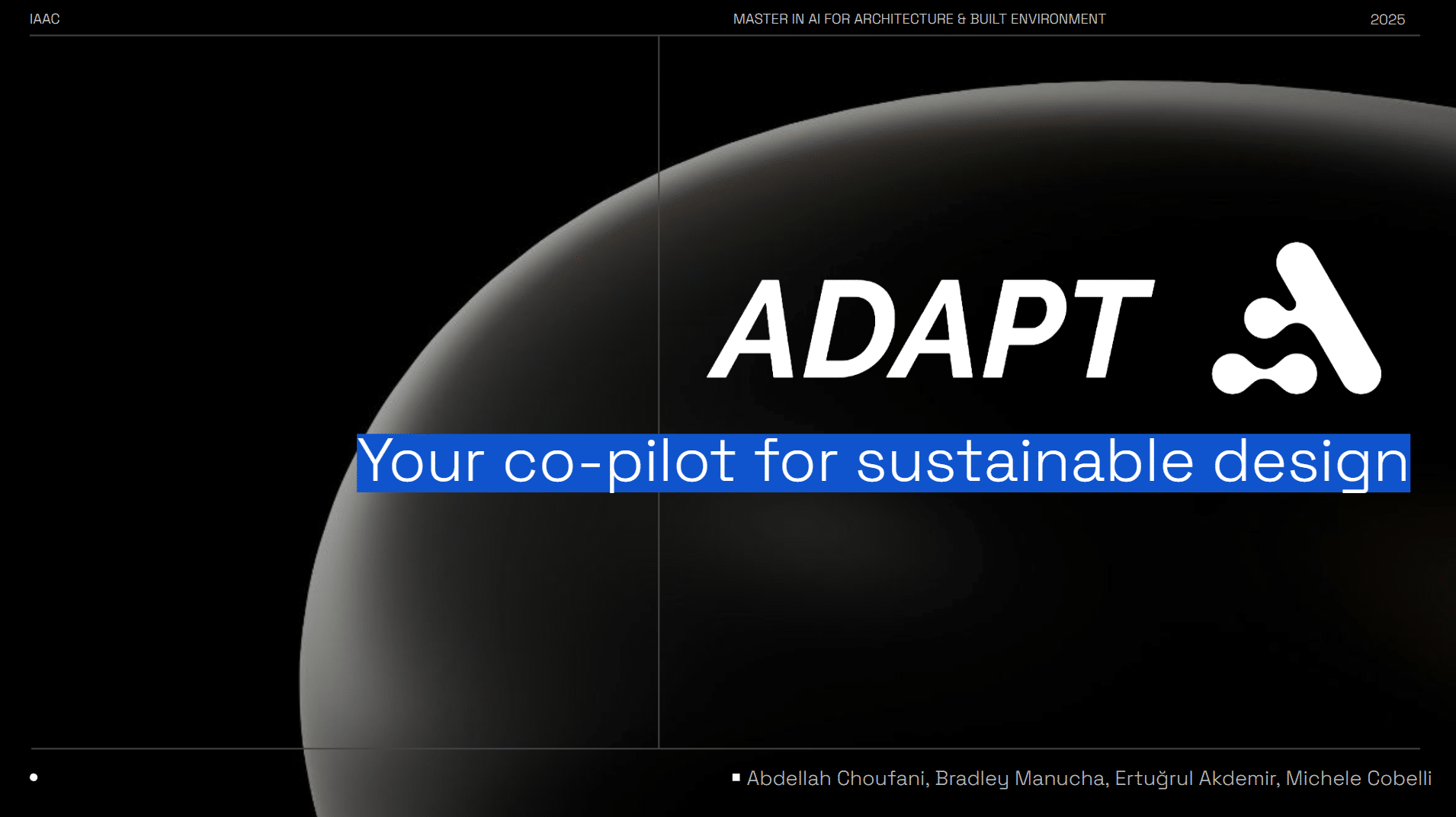ComforTECH: Intelligent environmental control system
This project showed how real-time, intelligent control can transform buildings into more comfortable and efficient spaces. By replacing static systems with adaptive regulation, we can reduce energy waste while creating healthier, more responsive environments for the people who use them. Concept Modern indoor spaces often fall short of providing true comfort and efficiency because they … Read more

